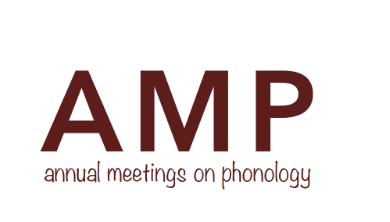A Metrical Analysis of Ternary Vowel Quantity in East Frisian Low German
Abstract
This paper examines the ternary vowel length contrast in East Frisian Low German, with a focus on the distinction between long and overlong vowels. While traditional accounts have analyzed overlong vowels as trimoraic or as carrying a tonal distinction, we argue that their behavior is better understood in terms of metrical structure rather than purely segmental or moraic properties. Drawing on phonetic evidence and prosodic patterns, we show that overlong vowels interact with stress assignment and foot structure, suggesting that their distinctive status arises from higher-level prosodic organization. Unlike long vowels, which occur predictably in stressed syllables of disyllabic feet, overlong vowels appear in monosyllabic feet, affecting the rhythm and duration of the prosodic unit. This metrical perspective provides a more unified explanation for the distribution and realization of overlong vowels and aligns with broader cross-linguistic patterns in vowel length contrasts. By reconsidering overlength as a prosodic rather than a strictly segmental phenomenon, this study offers new insights into the structural underpinnings of vowel length distinctions.
How to Cite:
Ni, T., Rocker, M. & Köhnlein, B., (2025) “A Metrical Analysis of Ternary Vowel Quantity in East Frisian Low German”, Proceedings of the Annual Meetings on Phonology 1(1). doi: https://doi.org/10.7275/amphonology.3047
Downloads:
Download PDF
326 Views
325 Downloads
